Freightliner’s first EM2 BEV trucks now in service
Pitt Ohio, a transportation, warehouse, and logistics services company, is the first to deploy the eM2.
Daimler Truck North America announced the delivery of its first battery-electric Freightliner eM2 trucks, after series production for the medium-duty EVs started at the end of 2023. The Freightliner eM2, manufactured at DTNA’s plant in Portland, Oregon, has since been distributed to customers across the country. Pitt Ohio, a transportation, warehouse, and logistics services company, is the first to deploy the eM2.
Isuzu, Neweast to launch dealership in Saudi Arabia
The companies symbolized the collaboration with a signing ceremony in February.

Weather Guard adds new truck boxes and headache racks
The 2024 Saddle and Lo-Side truck boxes include the one-key Ultralock security feature.

Fleet Profile: Ryder uses EVs to focus on zero-emissions fleet
Ryder says it intends to give customers an “end-to-end” solution by adding thousands of GM BrightDrop EVs to its lease and rental fleet.

A guide to EV funding and infrastructure grants
Navigate the EV funding maze.
Other Posts
Mack delivers LR Refuse EV to Costal Waste & Recycling
Mack and Coastal Waste & Recycling developed a route to favor for the LR Electric’s range, so it can complete a full day’s work.
NATDA Announces new trailer technology and innovation expo
The inaugural Trailer Tech Expo is slated for February 25-27, 2025 in Reno, Nevada.
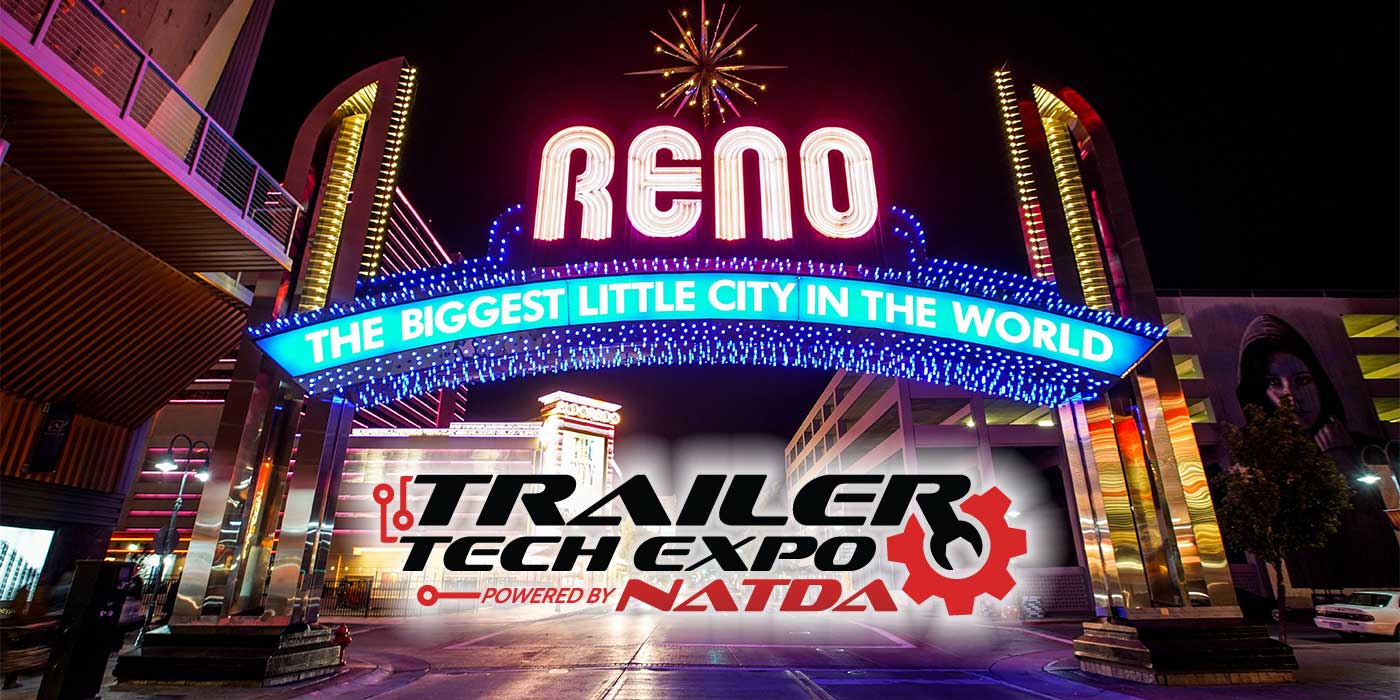
Mullen shares on-road test results for solid-state polymer battery pack
Tested in its Mullen One Class 1 EV cargo van, Mullen says the integrated battery pack performed better than expected.

Mack introduces mobile off-grid charging system
Mack says this will help customers test Class 6-8 trucks in the real world, to see if the vehicles can function in their fleet.
